Design and Fit of Harnesses for Dogs
Choosing a harness that fits your dog, is functional, and is safe, can be tricky. This article will guide you through some points to consider when selecting or reevaluating a harness.
Harnesses for dogs can be valuable pieces of equipment. However, with any equipment, we need to understand how it works, how it was intended to be used, and if it’s the right equipment for your needs. When equipment is misused, there is a risk of injury or damage; these are unnecessary costs, so getting the correct harness for you and your dog is very important.
With a wide variety of harnesses on the market, it can be hard to figure out which one will fulfil your needs whilst also being safe and comfortable for your dog. Unfortunately, there are harnesses on the market that are not safe and have inherent design flaws; there are also great harnesses too. Selecting a functional, secure harness does require some thought, and although it can be alluring to purchase the pretty one that makes us feel special, we need to consider our best mates as they are the ones wearing the harness.
Let's look at some factors that go into selecting a harness, and remember, with any piece of equipment, if in doubt, ask an expert.
Functionality:
Firstly, you’ll need to consider what functions you want from the harness; examples include:
Safely walking your dog on a loose lead
Walk your dog, who is a strong puller
Working dogs, such as:
Guide dogs
Assistance dogs
Support dogs
Sports, such as:
Weight pulling
Mushing
Drafting
Pack carrying
Swimming
Emergency harness for carrying dogs
Restraint harnesses such as those used in a vehicle
Rehabilitation harnesses used in fitness/physical therapies
Forces:
Each activity requires something slightly different from the harness and the dog. Once we know the application, we can consider the direction and magnitude of the applied forces to the dog. Then, we can analyse the optimal location these forces should be applied to the dog's body. This is what we expect the harness manufacturers to do for us – unfortunately, that level of engineering is not always done. So, talk to a professional and get your dog fitted with the correct harness for your application.
Rigid components:
Next, we can look at materials and how they interact with our dog's fur, skin, soft tissue, and bony structure. The placement of rigid materials like buckles, clips, or metal rings should be designed so that they do not apply direct pressure to joints such as the spine, elbows, and shoulders. Rigid material placed in such a manner increases the risk of altering the dog's natural movement and creating inflammation or damage in the joints and surrounding tissue.
Friction:
Friction is caused by the harness rubbing against the body and fur of the dog, which can lead to injuries. Heat and inflammation caused by friction can progress into infected wounds. The amount of friction created depends on several factors, including the selected material, movement between harness and fur, how tight the harness is, how long the dog's coat is and if any moisture is present. Check the vertical strap behind the dog's elbow; this area is one of the more common areas to be affected by friction.
Balance:
A balanced harness should sit evenly on the dog and resist becoming lopsided. Balance is created when both sides of the harness are equally weighted. Look for symmetry; clips and buckles are typically associated with areas of greater mass, so we want the left and right sides of the harness to look the same. When there is a lack of balance, the harness may fall towards the heavier side, inadvertently affecting the dog's own balance.
Biomechanics:
Looking at the dog's natural biomechanics, or how they move without the harness vs how they move when wearing the harness, should always be considered. Some harnesses may impede the normal range of motion because of the specific application or a flawed design. When dogs wear harnesses that interfere with their range of motion or gait, they must receive appropriate therapies to reduce the risk of injury, long-term damage, and dysfunctional movement.
Strength:
Harnesses are constructed from a series of parts that all work together; however, they are only as strong as their weakest link. Material type, stitching, buckles and joins all play a role in how strong the harness is. Consider your application, then play around with the harness (before you put it on your dog), tug on it, stretch it and twist it in all the ways you’d want it to move on your dog. Do you hear stitching popping, material tearing, and do the buckles crackle? These sounds may indicate that the harness is either inappropriate for your use or has been compromised and needs replacing. Catastrophic failure (complete break) during use is never a good thing, so check the strength and condition of your harness regularly. Keep stitching clean and dry, and check plastic buckles regularly to promote your harness's longevity.
Soft tissue and organs:
The last thing we will look at is where the harness sits on the dog's body in relation to their soft tissue and organs. The rib cage does an excellent job of protecting internal organs and is a great place for the harness to sit. Behind the rib cage, unprotected organs are susceptible to damage from forces applied through the harness. So, care must be exercised when using a harness with components on the soft tissue behind the ribs.
In front of the ribs, we also have vital soft tissue structures that may be damaged through inappropriate forces from the harness. Feeling between the front legs on the dog's chest, we can find a bony landmark called the sternum; this is a good place for the harness to sit.
If in doubt:
Listen to your dog and ask an expert. Dogs tell us so much through their body language – our job is to listen. Getting the best harness can be tricky, but it is worth the effort to get it right and get one that is both functional and safe
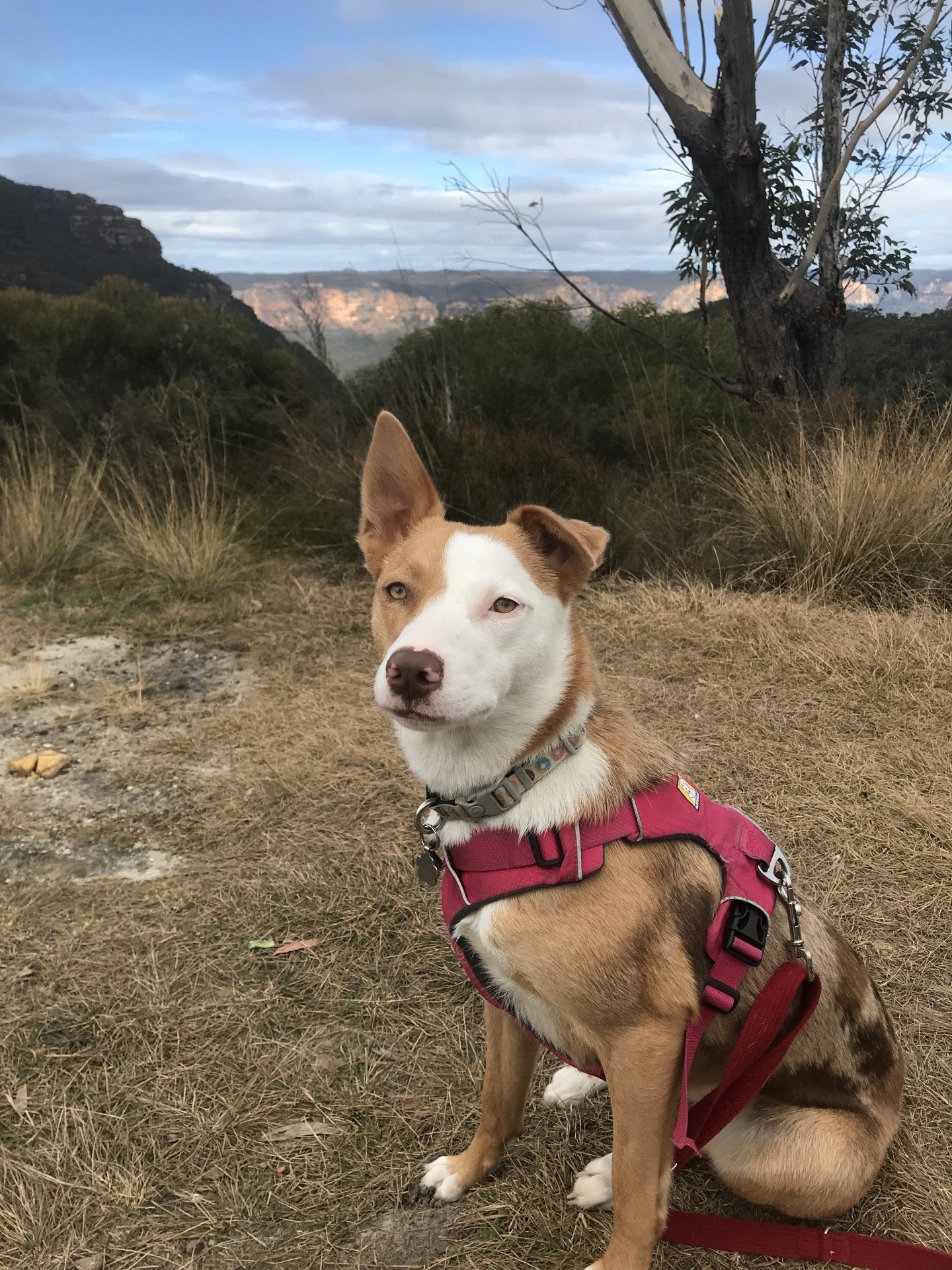
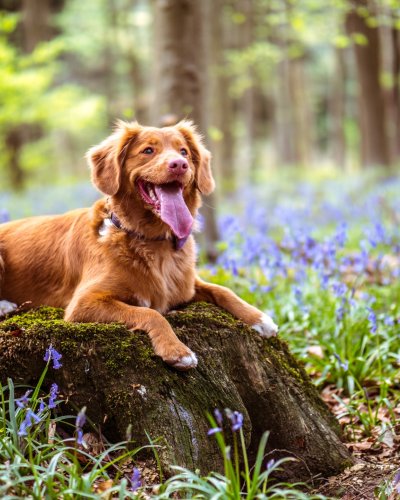
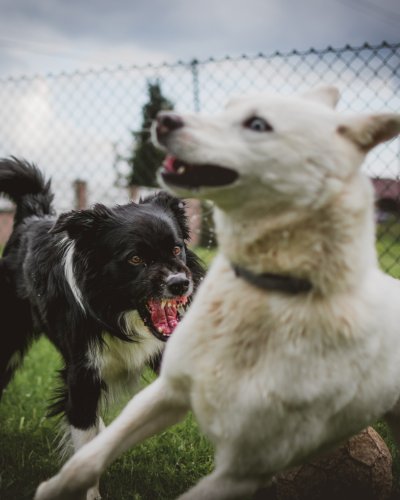
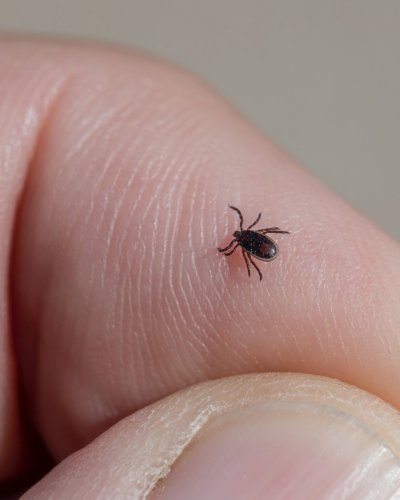
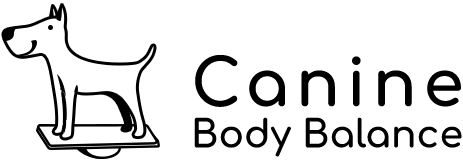
Leave a comment